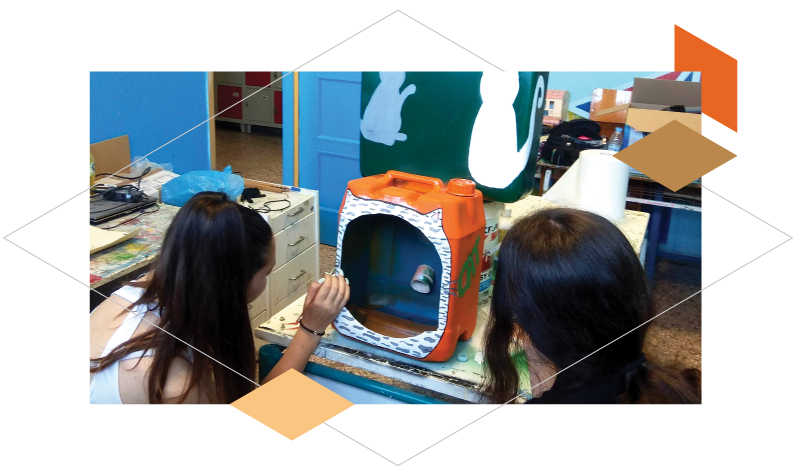an opportunity for schools to connect with the local community in order to work together and exchange ideas for the society's benefit. Through STEM education and hands-on learning, a network of teachers, students, the local municipality, the university and other key stakeholders come together to identify and work on solving issues on the island of Lemnos with the help of science and technology.
STEM education, teaching and learning, local communities, sustainability, problem solving, hands-on approaches, student innovation.
STEM
education
Problem
solving
Arduino
App
Development
School
network
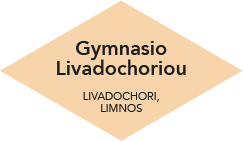
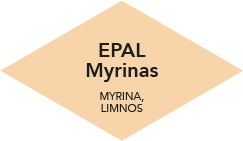
OSHub-GR supports and works together with schools and the surrounding community to establish school-led community hubs that enhance STEM education and hands-on learning in a way that is integrated in the local reality.
Target public:
The educational community as a whole (school heads, teachers, students, parents, local community), with more continuous actions targeted at Information and Technology teachers and students (12-18).
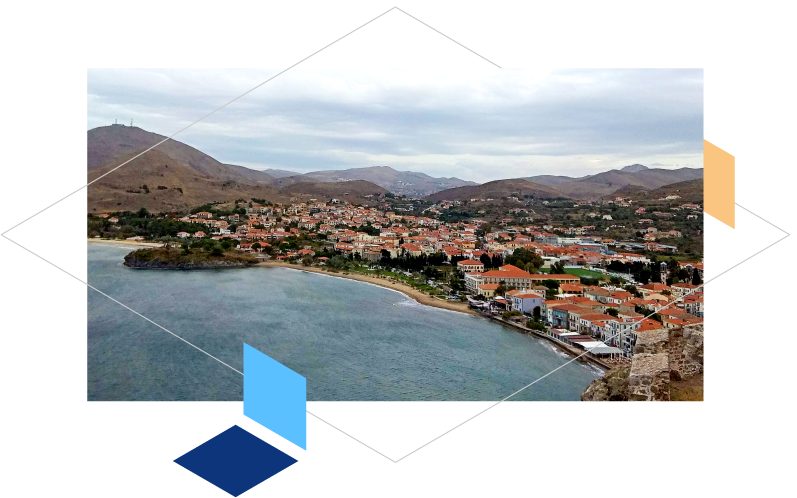
OSHub-GR | SciCo Maker Lab was established in the island of Limnos. Limnos is a Greek island, with approximately 17,000 inhabitants, located in the Northeastern side of the Aegean sea, very close to Turkey. Due to its geographical location and proximity to Turkey, it is considered as a remote island and has a severe army presence (multiple army camps, air force hubs and soldiers on the island). Schools, students and communities in such geographically isolated locations, usually have fewer opportunities to engage with innovative participatory programmes and lack staff and resources in education. On the other hand, the island of Limnos has a notable environmental and cultural wealth, as well as rich biodiversity. In addition, it experiences an increasing influx of visitors and tourists over the past years, leading to continuous development. It is also home to the Department of Food Science and Nutrition of the Aegean University.
More specifically, OSHub-GR established a school-based OSHub model, which has a physical space that works as a maker lab, where the educational community develops science and technology projects to tackle local relevant challenges and/or opportunities. It is led, namely, by teachers and students, which then, depending on the specificity of the projects, form networks and liaisons with the local community and local stakeholders (university, municipality, parents, local organisations, other schools) who can serve as collaborators, consultants or end users.
Some examples of projects that emerged from this approach include: students developed a smart stick with smart goggles for visually impaired or a smart feeder for the stray animals on the island, by using coding and programming, tinkering with sensors and microcontrollers and recyclable materials; or developed applications for locals and visitors to use in case of emergency, or to showcase the island’s biodiversity and the nutritional elements of local products, based on the programming environment MIT App Inventor.
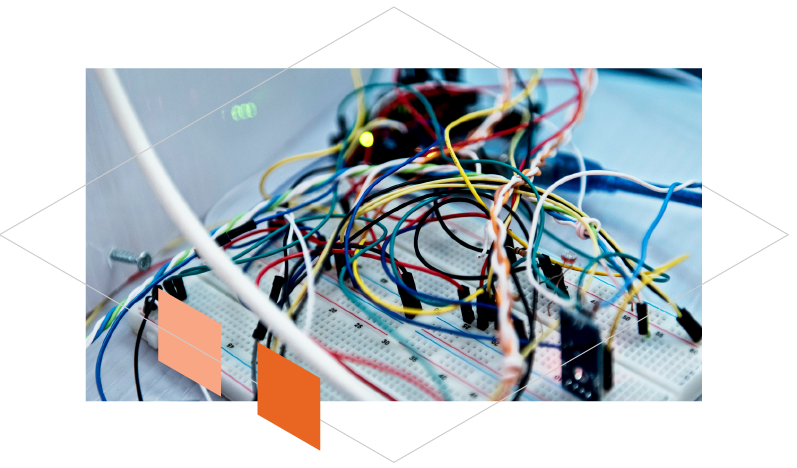
The role of OSHub-GR in this process is multi-fold:
- To liaison with the Municipality and other relevant partners so that this strategy can become a territory-wide approach (vs. a focal initiative at a school);
- To provide training and continuous support to educators, promoting confidence and autonomy to lead science and technology based projects that tackle local relevant challenges;
- To support schools establishing their own makerspaces;
- To foster the development of local networks amongst schools and community stakeholders to exchange knowledge /experience;
- To connect local schools and communities with global initiatives and networks, allowing to disseminate the work being done locally and, at the same time, creating opportunities for local to global collaborations.
Through STEM education and hands-on learning, a network of teachers, students, the local municipality, the university and other key stakeholders come together to identify and work on solving issues on the island of Lemnos in Greece with the help of science and technology.
During the first school year, students used Arduinos and 3D printing to create 3 projects: a smart stick and smart glasses for the visually impaired and a smart feeder for the stray animals on the island. This included the use of recyclable materials, coding and programming, tinkering with sensors and microcontrollers and a lot of fun STEM learning which enhanced both knowledge and skills in the educational community.
During the second school academic year, the network has grown, adding new schools and teachers to the initiative. This year’s projects include an application designed on App Inventor which can be used by locals and visitors of the island in case of an emergency as well as a web page and application which showcases the island’s biodiversity and the nutritional elements of local products, in collaboration with the Department of Food Science and Nutrition of the Aegean University.
Read more
